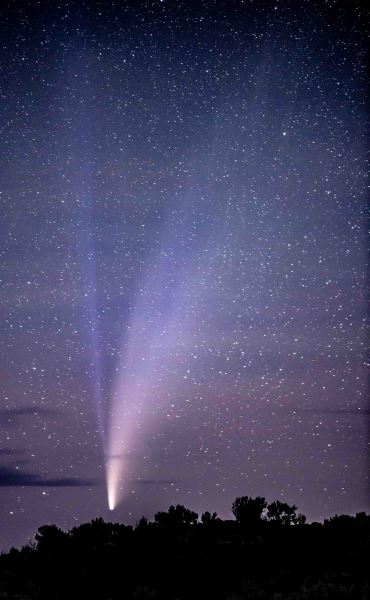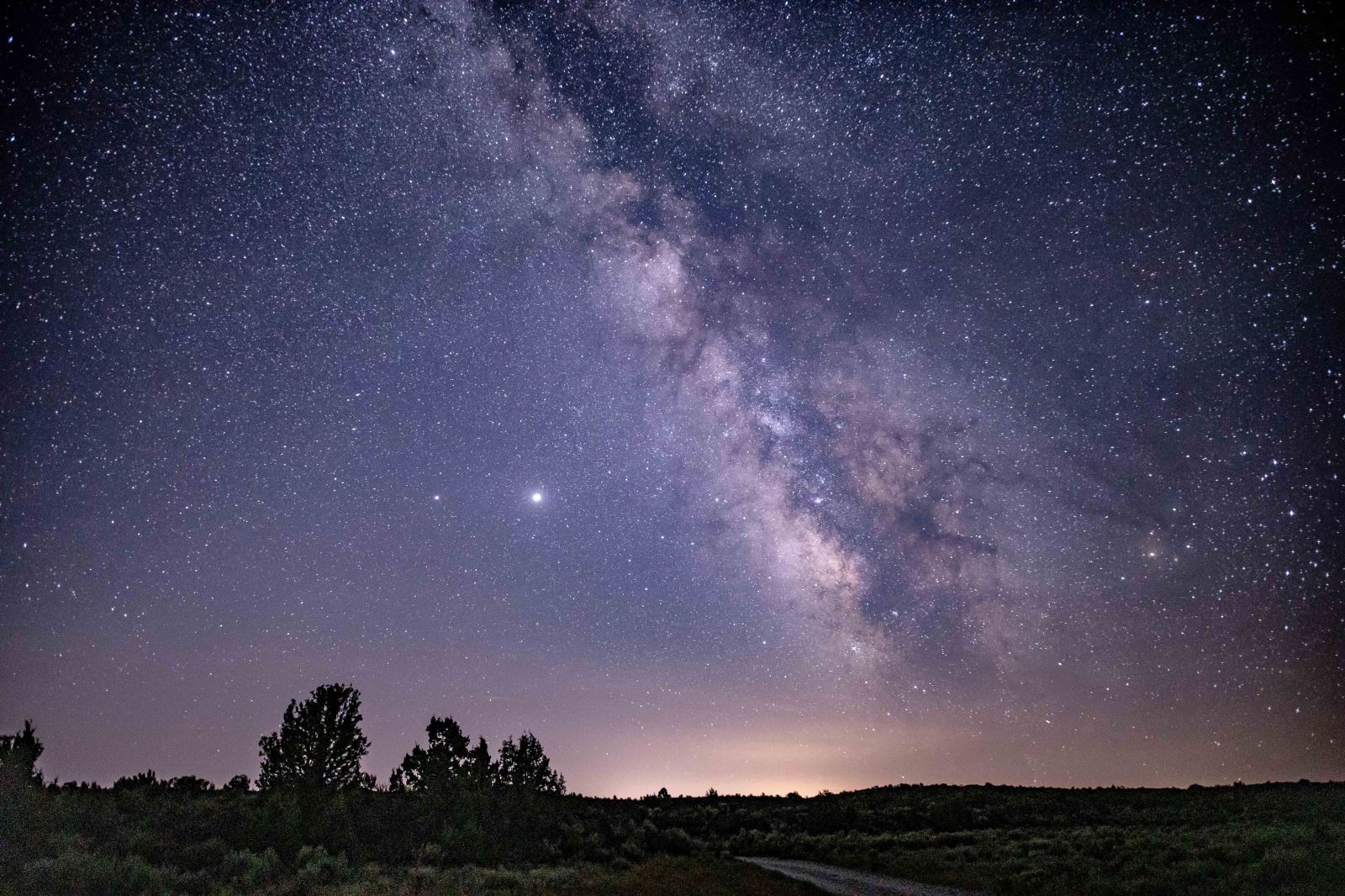A quick heads-up (literally) for local star-gazers: Comet Neowise is about to make its closest approach to Earth before departing on its next 6,800-year loop through the solar system.
 The comet, at its closest approach, will be a safe distance of 64 million miles. One of the best places on our planet to view, however, happens to be just 80 miles from our doorstep. It's a destination well-known to most of us — Craters of the Moon National Monument.
The comet, at its closest approach, will be a safe distance of 64 million miles. One of the best places on our planet to view, however, happens to be just 80 miles from our doorstep. It's a destination well-known to most of us — Craters of the Moon National Monument.
In addition to Craters, you can also enjoy the show at the Hell’s Half Acre lava trails, just 20 minutes west of town.
Bear in mind that the “trails” are actually just preferred hiking/scaling routes marked by colored poles. These volcanic obstacle courses can be a challenge for foot traffic during the day. At night, fuhgeddaboutit.
Fortunately, the Hell’s Half Acre Lava Trails area has ample parking space (as well as a portable restroom). Even better access (including paved trails that should be able to accommodate wheelchairs) can be found south of Idaho Falls at the Hell's Half Acre Walk near Interstate 15.
Would you rather just take your chances spotting the comet from inside city limits? That will be a challenge due to light pollution. You can, however, get a good glimpse of it from the foothills east of Ammon. Just be mindful of local traffic and residential properties.
As amazing as it is to have a celestial object grace our skies, don’t expect to see a blazing fireball lighting up the night. For best results, bring a telescope or binoculars. After the sun dips, you'll have to wait another 45 minutes or so for the comet to become visible. Look for the bottom of the Big Dipper in the Northwest sky, then look down about halfway to the horizon. (The image above was shot late into the night when the earth's rotation was just about to carry the view of the nucleus below the horizon.)
Note for photography nerds: Be mindful that shooting Neowise will require more than a handheld point-and-click with your smartphone. To capture Neowise in detail, you’ll need some more advanced hardware. That means a large-sensored interchangeable-lens camera with light-sensitive optics and the ability to record shutter speeds of up to 10 seconds. If you're lucky and the conditions are just perfect, you'll be able to capture not only the comet and the sweeping arc of its main tail, but also the bluish little sibling, the ion tail.
For even nerdier fun facts to enhance your viewing experience of Comet Neowise (as well as other celestial vistas, like the shot below of the Milky Way, Jupiter and Saturn), check out NASA’s dedicated Comet Neowise page.
